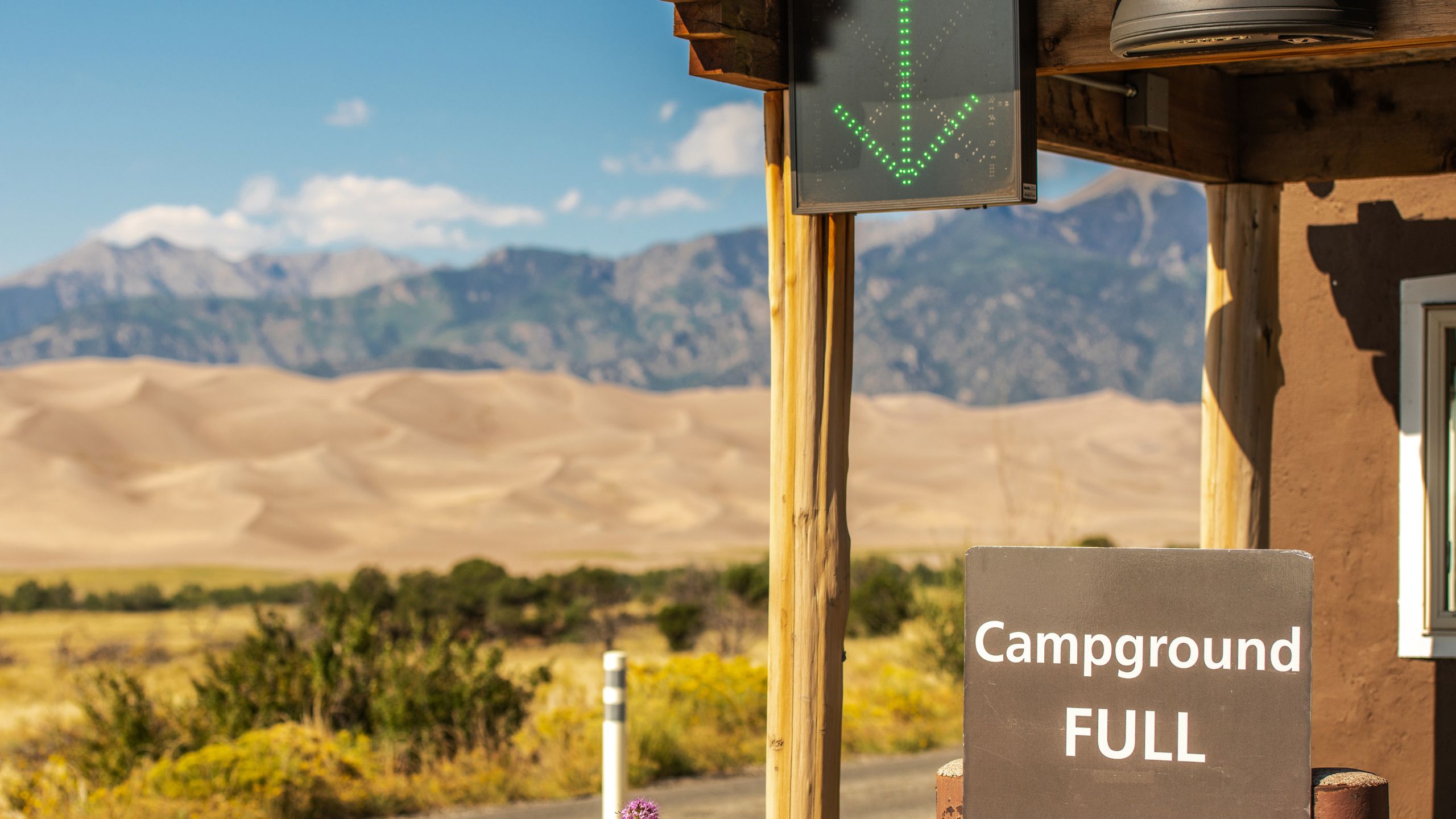
From Empty Sites to Sold Out: Proven Digital Strategies for Campgrounds
Every owner knows the feeling: you’ve invested in your property, amenities are strong, and your sites should be full — yet occupancy isn’t where it should be. The truth is, it’s rarely the quality of your RV sites, cabins, or yurts that’s holding you back. It’s the way guests discover — and book — your property.
Traditional advertising doesn’t cut it anymore. Billboards, print ads, and word-of-mouth can only go so far. Today’s guests are online, and if your digital strategy isn’t optimized, you’re invisible.
The good news? You don’t need a massive budget or a full in-house marketing team to compete. You need the right mix of digital strategies designed specifically for outdoor hospitality. Here are five proven tactics that transform empty sites into sold-out weekends.
1. Search Engine Optimization (SEO): Be Found When Guests Search
When someone types “RV resorts near me” or “family glamping cabins in [your region],” where does your property show up? If you’re not on the first page of Google, you’re missing out on the majority of bookings.
📊 Industry Stat: 75% of users never scroll past the first page of search results.
Why SEO matters for campgrounds:
- Guests search by location + experience (e.g., “pet-friendly RV park near Asheville”).
- Search engines reward sites with mobile-friendly design, fast load speeds, and quality content.
- Properties that invest in SEO see sustainable traffic and bookings year-round.
Example: Campspot, one of the leading booking platforms, dominates search results because they’ve built a content strategy around “things to do” and “places to stay.” Their listings appear when travelers are already in decision mode.
📌 Action Steps:
- Optimize your website for keywords like “RV resort in [region],” “glamping near [attraction],” and “luxury cabins [state].”
- Claim and optimize your Google Business Profile.
- Regularly post content — blogs, guides, or seasonal landing pages — targeting guest search behavior.
2. Paid Search + Social Advertising: Target the Right Guests
SEO builds long-term visibility. Paid ads drive immediate bookings.
Google Ads: Capture high-intent searches like “cabins with hot tubs near [city]”. Guests clicking these ads are ready to book.
Meta Ads (Facebook + Instagram): Reach travelers dreaming of their next escape. Strong visuals of yurts under the stars or families by a campfire drive clicks.
Example: AutoCamp invests heavily in lifestyle-driven social ads. Their visuals are aspirational — couples by firepits, Airstreams glowing at dusk — paired with calls to action like “Book Your Next Escape.” These ads don’t just sell sites; they sell experiences.
📊 Industry Insight: Outdoor hospitality properties that run targeted paid ads see up to a 40% lift in direct bookingsduring campaigns.
📌 Action Steps:
- Run geo-targeted Google Ads for your region (within 250 miles).
- Create seasonal social ads showcasing unique experiences (fall foliage, holiday weekends, quiet winter retreats).
- Always send ads to a dedicated landing page with a booking button, not your homepage.
3. Email Marketing: Turn Past Guests Into Repeat Guests
Email isn’t old-school — it’s one of the most powerful tools in your digital toolkit. Guests who’ve already stayed with you are more likely to book again, but only if you stay top of mind.
Why email works:
- Direct communication with guests you already know.
- Opportunity to highlight seasonal events, glamping upgrades, or loyalty offers.
- Personalized campaigns feel exclusive and build connection.
Example: KOA uses segmented email campaigns to promote loyalty rewards, seasonal specials, and regional events. It keeps guests engaged year-round, not just during peak season.
📌 Action Steps:
- Build a guest email list (capture during booking + Wi-Fi login).
- Send monthly newsletters featuring upcoming events, local attractions, or unique stays.
- Use email automation to send pre-arrival info, post-stay thank-yous, and rebooking offers.
4. Content Marketing: Sell the Experience, Not Just the Site
Guests don’t just want to know you have 50 RV sites. They want to picture themselves at your resort — making memories. Content is how you tell that story.
- Blogs + Guides: Write about “Best Fall Hikes Near [Your Resort]” or “Top 5 Family-Friendly Activities in [Your Area].”
- Photography + Video: High-quality visuals sell the lifestyle better than any text.
- Social Media Stories: Share guest experiences, community events, or behind-the-scenes moments.
Example: Getaway has built its entire brand on content. Their blog, “The Journal,” shares everything from outdoor tips to mental wellness — positioning them as more than a cabin rental company.
📊 Industry Stat: Websites with blogs generate 55% more traffic than those without.
📌 Action Steps:
- Create a quarterly content calendar tied to seasonal demand.
- Use photography that highlights people enjoying your property, not just empty sites.
- Repurpose blogs into social posts and email campaigns for maximum reach.
5. Reputation Management: Turn Reviews Into Revenue
Your digital reputation is often the deciding factor. Even if your SEO, ads, and content are on point, poor reviews will tank conversions.
- 88% of travelers trust online reviews as much as personal recommendations.
- A one-star improvement on Google or TripAdvisor can lead to a 5–9% increase in revenue.
Example: Hipcamp thrives on reviews. Every property listing features guest testimonials, photos, and ratings that influence booking decisions. They’ve built trust at scale by elevating user-generated content.
📌 Action Steps:
- Proactively ask guests for reviews at checkout.
- Respond to every review — positive or negative — to show attentiveness.
- Showcase your best reviews on your website and social media.
Bonus: Track ROI and Make Data-Driven Decisions
Digital marketing without measurement is guesswork. Use data to track what’s actually filling sites.
- Google Analytics: Track which campaigns drive bookings.
- Booking engine reports: Identify your most profitable channels.
- Heatmaps + user testing: Understand how guests interact with your site.
Pro Tip: Focus on cost per booking rather than vanity metrics like clicks or impressions. If $400 in ads delivers $2,000 in bookings, you’ve found a winning strategy.
Final Thought
Outdoor hospitality has shifted. Guests are discovering, evaluating, and booking properties online — and the resorts that invest in digital strategies are the ones filling sites, raising rates, and building long-term loyalty.
The formula isn’t complicated:
- SEO to be found.
- Paid ads to convert.
- Email to retain.
- Content to inspire.
- Reviews to validate.
Execute these strategies consistently, and your property won’t just compete — it will stand out, from empty sites to sold-out weekends.
👉 Want to see which strategies will deliver the biggest lift for your property? Request a free Digital Presence Audit with Meet at Basecamp.



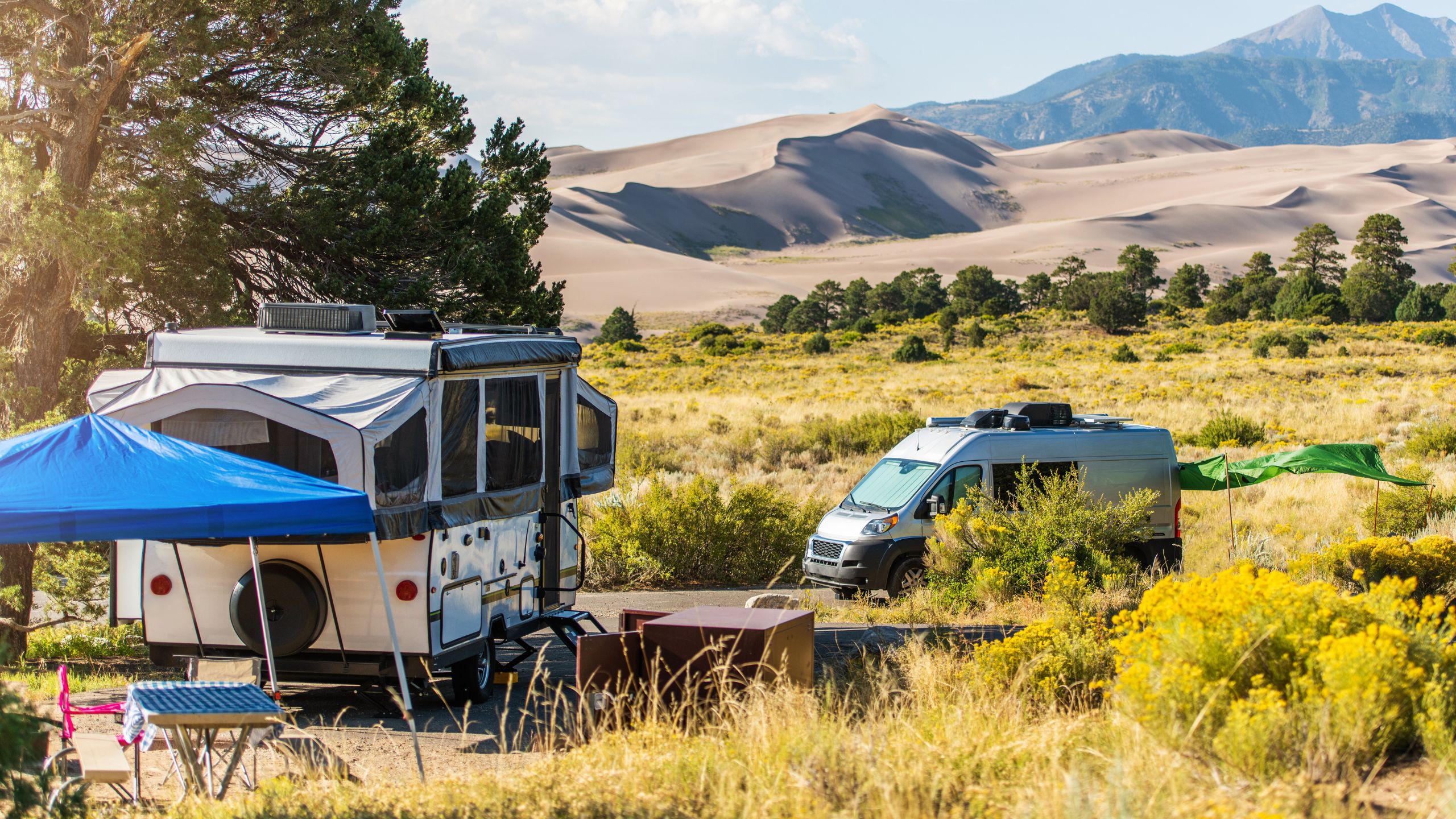
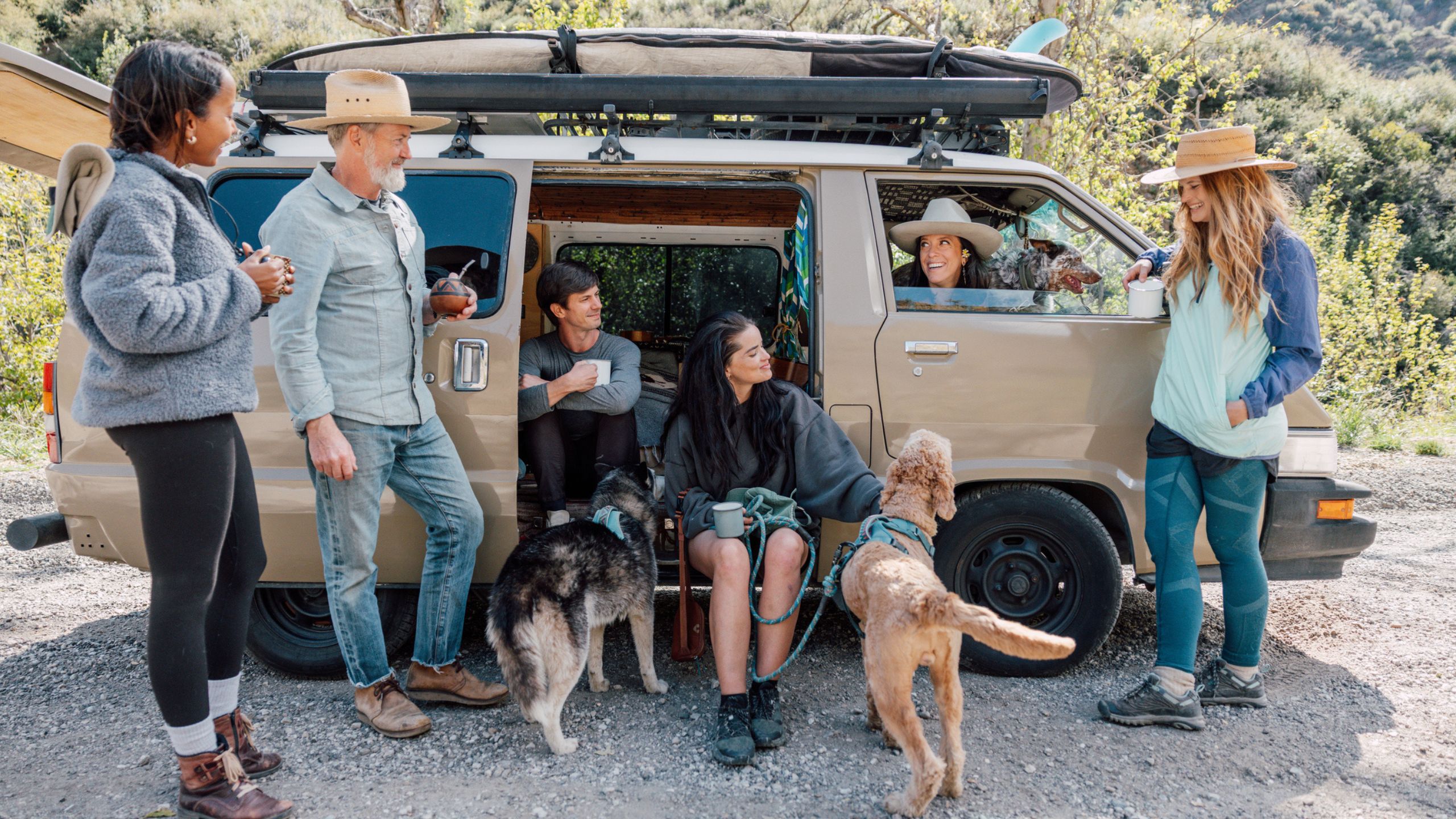
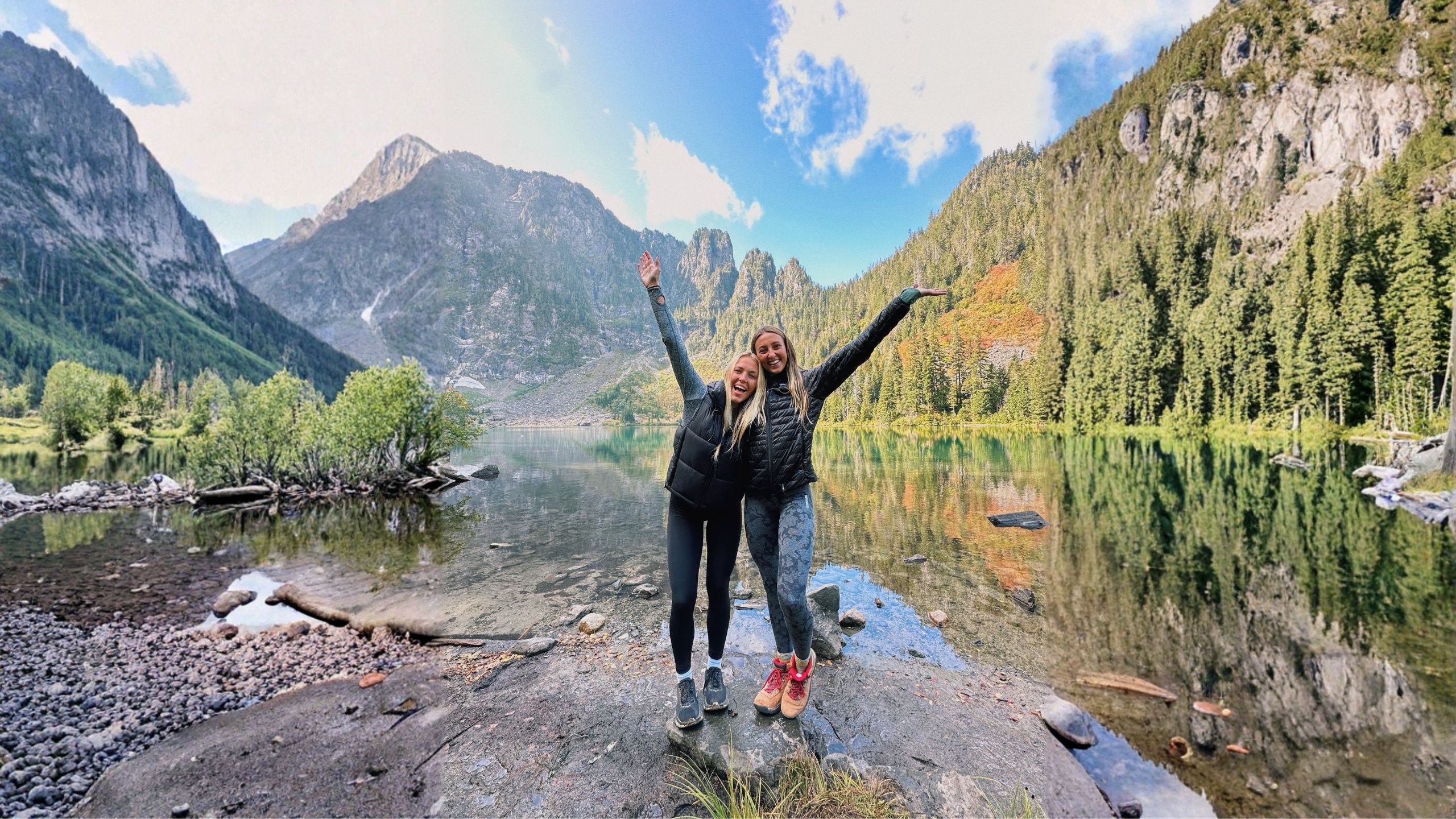
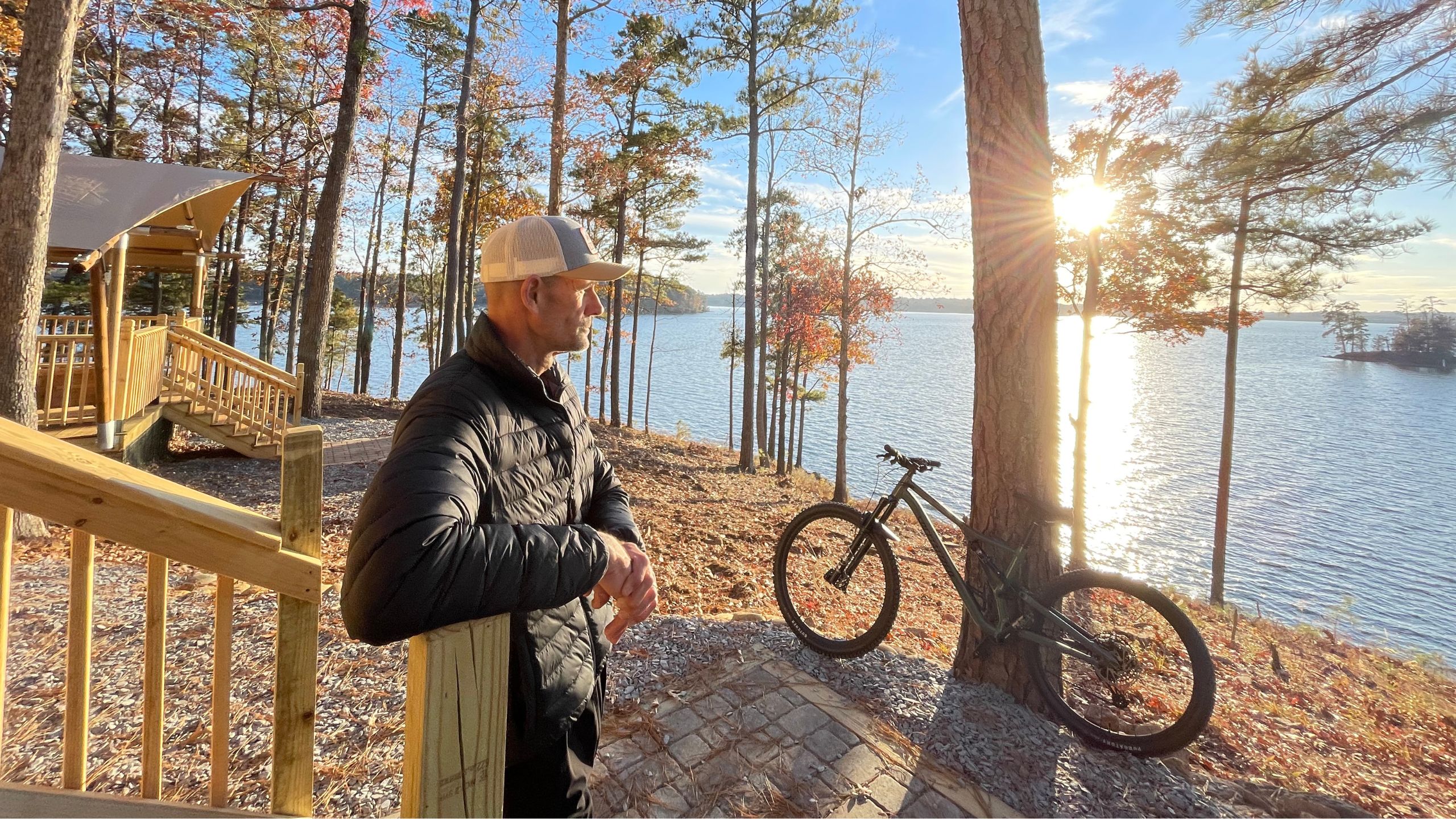
Leave a comment: